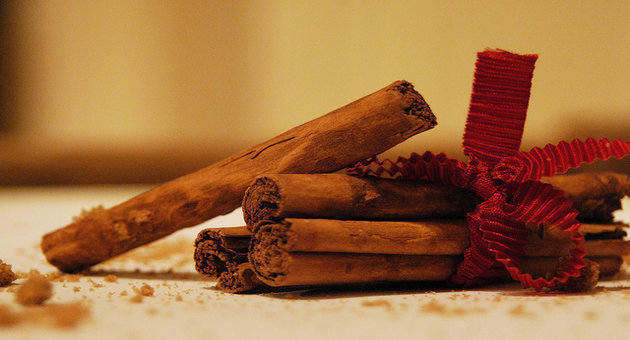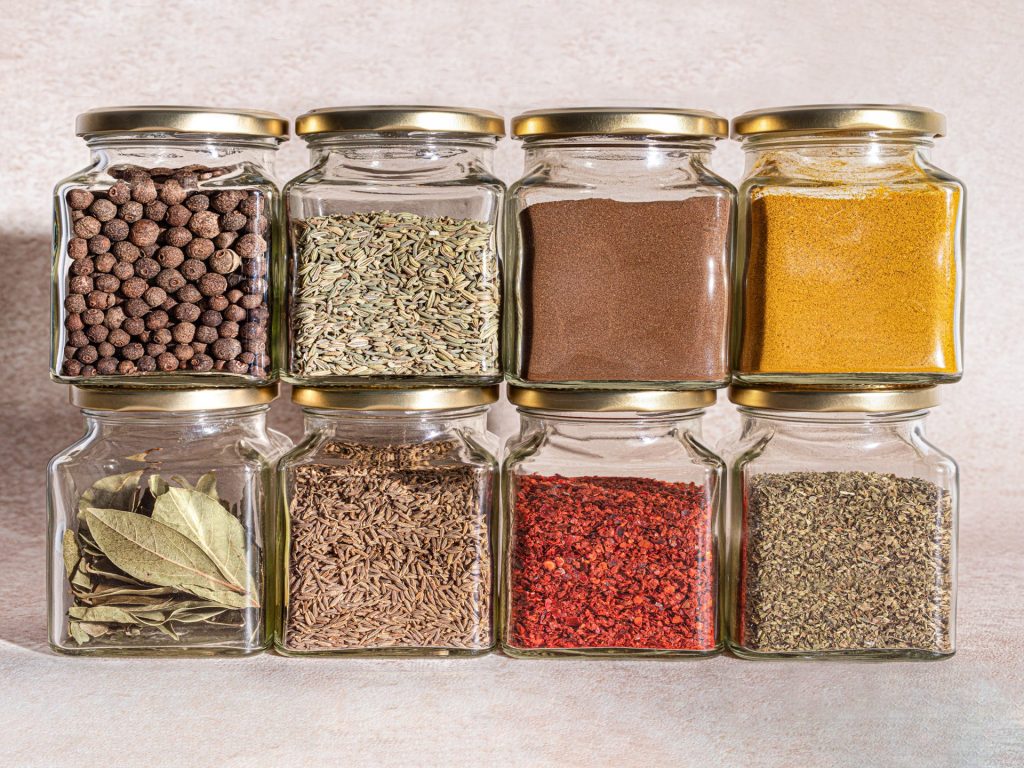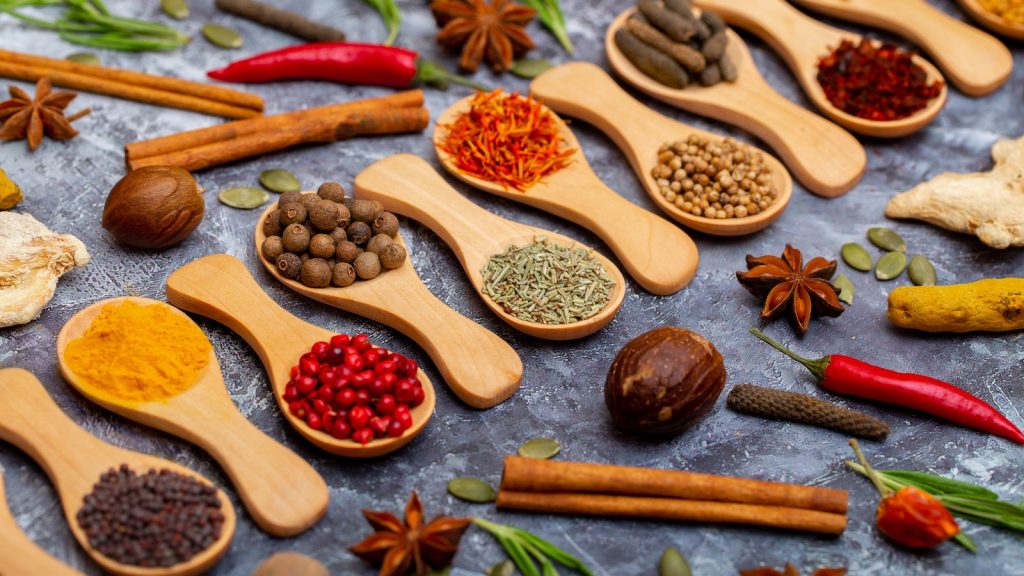Cinnamon is a versatile and aromatic spice commonly used in cooking and baking. Its distinctive flavor and scent add warmth and depth to various dishes, from desserts to savory meals. To fully enjoy cinnamon’s flavor and health benefits, it is essential to store it properly and keep it fresh.

This article will explore various tips and techniques for storing cinnamon, ensuring its freshness, and maximizing its shelf life.
Before diving into storage tips, it’s essential to understand the different types of cinnamon available in the market. The two main varieties are Ceylon cinnamon (“true cinnamon”) and Cassia cinnamon. Ceylon cinnamon has a delicate and sweet flavor, while Cassia cinnamon is more robust and slightly spicy.
Both types offer health benefits but differ in flavor profiles and essential oil compositions. Knowing the kind of cinnamon you have will help you make the most of its storage and usage.
Buying and Inspecting Cinnamon
When buying and inspecting cinnamon, a few key factors must be considered to ensure you’re getting a high-quality product. Here are some guidelines to follow:
Types of Cinnamon: There are two main types of cinnamon: Ceylon cinnamon (true cinnamon) and Cassia cinnamon. Ceylon cinnamon is considered superior due to its sweeter flavor and lower levels of coumarin, which can be harmful in large quantities. Look for Ceylon cinnamon if possible.
Appearance: Cinnamon should have a rich, reddish-brown color and a fine texture. Avoid any dull cinnamon or gray or yellow patches, as this may indicate poor quality or age.
Aroma: Cinnamon should have a strong, sweet fragrance. Take a whiff of the cinnamon to ensure it has a pleasant and intense smell. Cinnamon may be old or low quality if it lacks a distinct scent.
Packaging: Check the packaging for signs of tampering or damage. Cinnamon is best stored in airtight containers to preserve its freshness and flavor. Make sure the packaging is intact and properly sealed.
Grindability: If you’re buying cinnamon sticks, consider their grind ability. The posts should be hard and brittle, making them easy to grind into powder. Avoid too soft or easily bendable sticks, as they may be of lower quality.
Sourcing: Pay attention to the source of the cinnamon. Look for reputable brands or suppliers known for their quality products. Organic and fair-trade certifications can also be indicators of a reliable source.
Shelf Life: Cinnamon can lose its flavor and potency over time. Check the expiration date or manufacturing date on the packaging to ensure freshness. Generally, whole cinnamon sticks can last up to three years, while ground cinnamon has a shelf life of about six months to one year.
Proper Storage Techniques

Proper storage of cinnamon is essential to maintain its flavor, aroma, and quality over time. Here are some techniques to help you store cinnamon effectively:
- Airtight Container: Transfer cinnamon sticks or ground cinnamon into airtight containers or jars. Ensure that the container has a tight seal to prevent air and moisture from entering, which can lead to loss of flavor and spoilage.
- Excellent and Dark Location: Store the cinnamon containers in a cool, dark place, away from direct sunlight and heat sources. Exposure to light and heat can degrade the quality of cinnamon and accelerate flavor loss.
- Avoid Moisture: Moisture can cause the cinnamon to clump and lose its potency. Keep the storage area dry and free from humidity. Avoid storing cinnamon near the stove, sink, or other moisture-prone areas.
- Avoid Air Exposure: Oxygen can also contribute to the degradation of cinnamon. Whenever you use cinnamon, close the container tightly immediately after each use to minimize exposure to air.
- Labeling and Rotation: If you have multiple cinnamon containers or different types of cinnamon, label them with the purchase or expiry date. This helps you keep track of freshness and ensures you use older cinnamon before opening a new container.
- Freezing or Refrigeration (optional): While not necessary, you can prolong the shelf life of cinnamon by storing it in the freezer or refrigerator. However, ensure the cinnamon is tightly sealed in moisture-proof packaging before placing it in a cold environment to prevent condensation and moisture absorption.
Shelf Life and Freshness

The shelf life and freshness of cinnamon depend on several factors, including the type of cinnamon, how it is stored, and whether it is in stick or ground form. Here’s a general guide to the shelf life and freshness of cinnamon:
- Whole Cinnamon Sticks: Whole cinnamon sticks generally have a longer shelf life than ground cinnamon. When stored properly in an airtight container in a cool and dark place, cinnamon sticks can retain their flavor and aroma for up to three years. However, the flavor will gradually diminish, so it’s best to use them within a year for optimal taste.
- Ground Cinnamon: Ground cinnamon has a shorter shelf life than cinnamon sticks because its surface area is larger, making it more susceptible to flavor loss and oxidation. When stored in an airtight container in a cool and dark place, ground cinnamon can remain fresh for about six months to one year. To ensure the best flavor, it’s recommended to use ground cinnamon within six months of opening the container.
- Ceylon vs. Cassia Cinnamon: Ceylon cinnamon, also known as true cinnamon, generally has a shorter shelf life compared to Cassia cinnamon due to its lower essential oil content. Ceylon cinnamon sticks can last for about one to two years, while ground Ceylon cinnamon should be used within three to six months for the best flavor. Cassia cinnamon sticks and ground Cassia cinnamon can last longer, typically up to three years when stored properly.
Remember that these are general guidelines, and the actual shelf life may vary depending on the quality of the cinnamon, storage conditions, and other factors. It’s always a good idea to check the expiration or manufacturing date on the packaging and trust your senses (aroma, taste) to determine the freshness of your cinnamon.
Reviving and Repurposing

If you have cinnamon that has lost some of its flavor or aroma, there are a few methods you can try to revive it and repurpose it. Here are some techniques you can use:
- Toasting: Toasting cinnamon can help bring out its natural oils and enhance its flavor. Heat a dry skillet over medium heat and add the cinnamon sticks or ground cinnamon. Stir or shake the pan gently for a few minutes until the cinnamon becomes fragrant. Be careful not to burn it. Once toasted, allow it to cool before using or grinding it into powder.
- Grinding: If you have whole cinnamon sticks that have lost some of their potency, you can grind them into a fine powder. Freshly ground cinnamon tends to have a stronger flavor. Use a spice grinder or a mortar and pestle to grind the sticks until you achieve the desired consistency. Store the freshly ground cinnamon in an airtight container.
- Infusions: Another way to repurpose cinnamon is by infusing it into various liquids. Add cinnamon sticks to hot water, tea, or coffee and let it steep for a while to extract the flavor. You can also infuse cinnamon into syrups, sauces, or even alcoholic beverages like rum or vodka. Simply add cinnamon sticks to the liquid and let it sit for some time to infuse the flavor. Remember to strain out the cinnamon before using the infused liquid.
- Decorative Uses: If the cinnamon has lost its flavor but still retains its appearance, you can repurpose it for decorative purposes. Cinnamon sticks can be used to create beautiful centerpieces, wreaths, or potpourri. Combine them with other dried spices or fruits for an aesthetically pleasing display.
Cinnamon is a precious spice that deserves proper storage and care to maintain its freshness and flavor. By following the tips provided in this article, you can extend the shelf life of your cinnamon and make the most of its aromatic qualities. Remember to buy high-quality cinnamon, store it in airtight containers in a cool and dark location, and keep an eye on its freshness over time. Whether you use it in baking, cooking, or as part of a fragrant infusion, fresh cinnamon is sure to enhance your culinary experiences.
